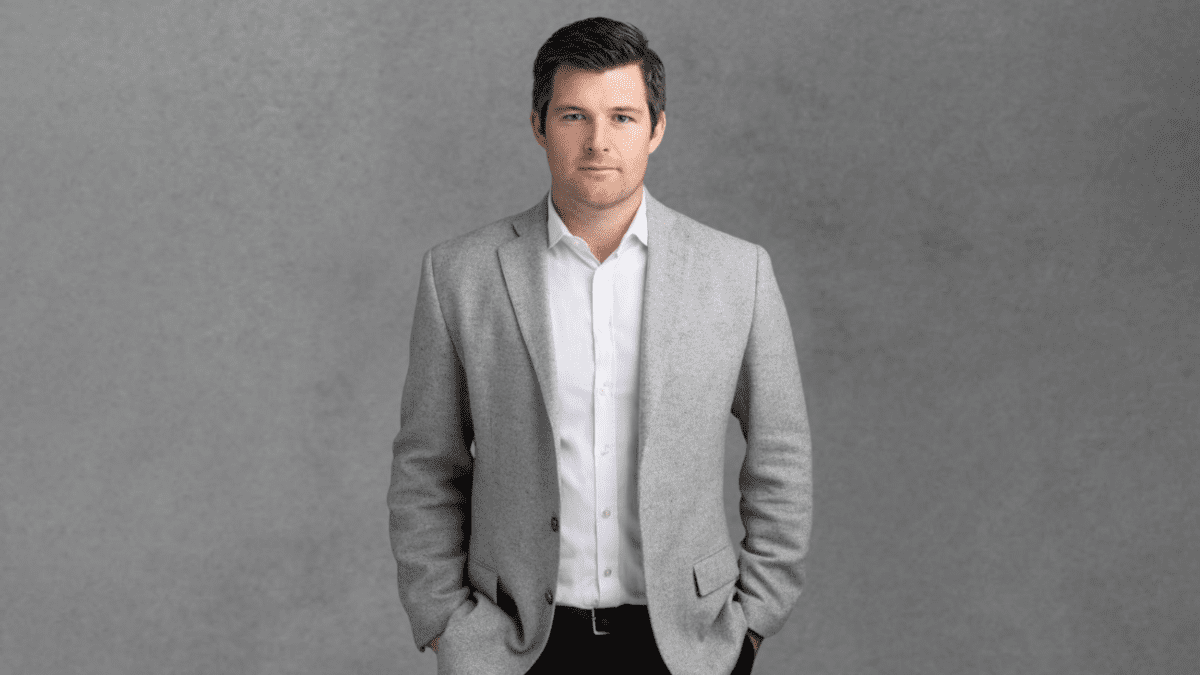Value and quality rally set to sustain according to Martin Currie
Given the dramatic falls seen in markets last week, Australia now presents a particularly compelling opportunity to capitalise on the rotation towards value. That’s the view put forward by Martin Currie, an active equities investment manager and part of the Franklin Templeton Group.
Reece Birtles, Chief Investment Officer, Martin Currie Australia, says “extremely high valuations across growth stocks have highlighted the degree of downside risk associated with these exposures, and while the performance reversion has already been sharp, there is notable scope for this to persist.”
It’s no secret the value guys have been underperforming for years both here and abroad. And that’s partly to do with easy money, low rates and benign inflation. The perfect breeding ground for growth companies, particularly in the technology and cryptocurrency sectors, to achieve high earnings growth down the track despite not having any revenue at present.
Birtles says “We have been talking about the inevitable rebound in value performance for more than 12 months as economies recover from the COVID-19 downturn, and why investors should be positioned in quality Australian Value stocks. As the economic reopening gathers momentum, as predicted, the tide has continued to turn in favour of Value performance, and over recent months Growth stocks have seen a severe price reversion.”
Since 3Q 2021, the rotation from Growth to Value has been swift and strong, but Birtles says it’s difficult to ‘accurately’ call the bottom of a cycle, noting that the performance tide has now turned, both locally and globally.
What is interesting, is that the rate of EPS growth for Value and Growth style stocks had been relatively consistent over time. Taking that into account, the high P/E multiples that some tech growth stocks were trading on, was driven by investors driving up prices to inflated levels rather than fund flows supporting profitability.
The recent rise in inflation reflected a swing back to tradeable inflation, with a rise in goods and commodities prices helping to generate momentum behind the move. Increasing goods costs with relatively static input costs will help to create a beneficial environment for Value stocks such as resources companies and other goods producers.
“Rising yields have historically shown a strong correlation with positive Value style returns and a narrowing of the Value spread. Yields had been trending lower since the GFC as monetary policy settings were progressively loosened in an effort to spark growth. While central banks are naturally being quite cautious, monetary policy settings are beginning to normalise around the globe, and forecasts for major economies suggest that rates will continue to rise, which will push bond yields higher and should therefore provide a tailwind for relative Value performance,” says Birtles.
The message here is that Australia presents a compelling value opportunity.
Martin Currie believes that the Australian market is well-placed to outperform in an improving economic environment, relative to the US and other developed economies. The Australian market is largely weighted towards very high-quality financials, which will benefit from rising interest rates, and materials/resources, which will benefit from supply chain disruptions and decarbonisation.
On the flip side, the US market sits on a different path. Its tilt towards high growth tech companies puts it at an inferior position to the Australian market, who can capitalise on the rotation to value.
This dispersion is fairly evident when comparing the performance between the two markets over the year to date. Birtles says Australia’s greater Value-orientation has supported the outperformance relative to the US and other global markets. “With growing momentum behind the rotation back to Value, we see a meaningful opportunity for this relative outperformance to continue.”









